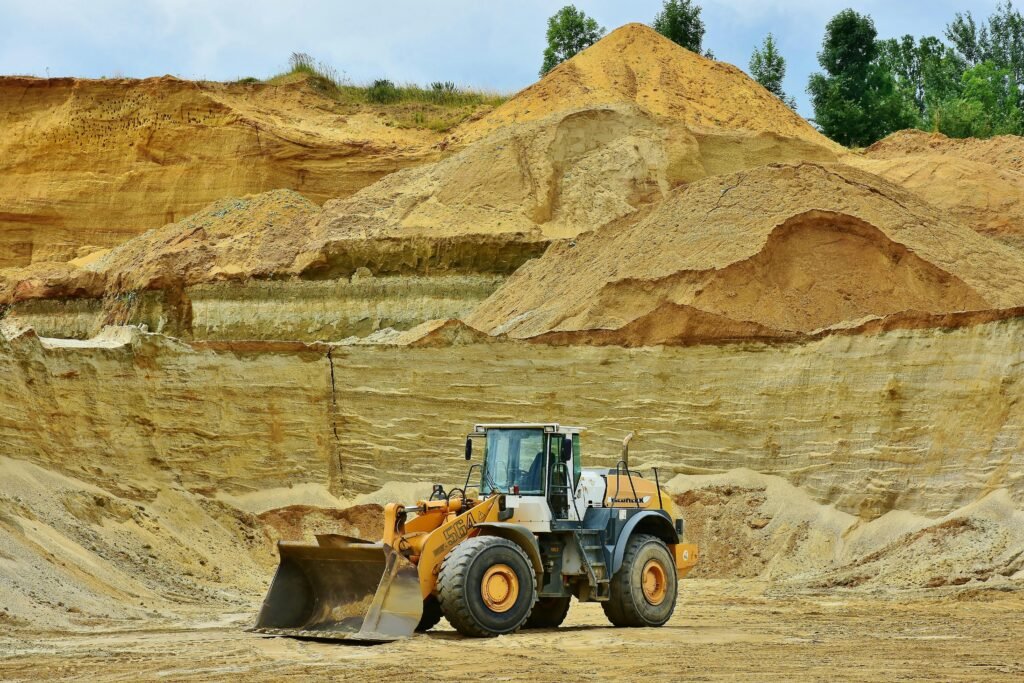
Introduction
Mining plays a pivotal role in modern life. From the materials used in infrastructure and electronics to the rare minerals powering green technology, mined resources form the backbone of industrial progress. One surprising and often overlooked fact is that there are over 35,000 active mining sites across the globe—a figure that reflects the immense scale and impact of the global mining sector.
Global Mining Footprint
According to data from SNL Metals & Mining and Scientific Data, there are currently more than 35,000 active mines around the world. These sites range from small-scale local operations to massive industrial complexes that span kilometers.
The distribution of these mines is heavily influenced by regional geology. Countries like China, Australia, Russia, Canada, Brazil, and Indonesia rank among the top mining nations due to their rich mineral reserves and advanced extraction capabilities.
What Are We Mining?
Mining sites across the globe extract a wide variety of valuable resources, including:
Precious metals: gold, silver, platinum
-Base metals: copper, nickel, tin, zinc
-Energy resources: coal, uranium
-Industrial minerals: bauxite, phosphate, quartz
-Gemstones & rare elements: diamonds, lithium, rare earth elements
This diversity supports industries ranging from construction and electronics to renewable energy and aerospace.
Where Are These Mines Located?
Mining is a truly global industry. Here’s a snapshot of how mining activities are distributed by region:
-Asia: Known for coal, nickel, and tin production
-Africa: Rich in gold, cobalt, and diamonds
-The Americas: Key regions for copper, silver, and iron ore
-Europe: Home to modest reserves of industrial minerals and coal
-Oceania: Australia leads in the export of bauxite, iron ore, and gold
Each continent contributes uniquely to the global supply chain, reflecting their respective geological strengths.
Economic Importance of Mining
Mining contributes significantly to the GDP of many nations and is a major source of employment—directly through labor and indirectly through supply chains. The industry also fuels technological advancements. For example, copper and lithium are critical for electric vehicles, batteries, and renewable energy infrastructure.
Environmental and Social Challenges
Despite its economic value, mining poses several environmental and social risks, such as:
-Ecosystem disruption from land clearing and open-pit mining
-Air and water pollution from waste and runoff
-Land degradation and soil erosion
-Community impacts including displacement and disputes over land rights
These issues have led to increased scrutiny and calls for stricter environmental governance and ethical mining practices.
The Shift Toward Sustainable Mining
To address these challenges, the industry is increasingly embracing sustainability through:
-Land reclamation and reforestation efforts
-Use of cleaner and more efficient mining technologies
-Compliance with environmental regulations and audits
-Transparency through sustainability reporting and ESG frameworks
Mining companies are also collaborating with local communities and global organizations to ensure responsible operations that benefit both people and the planet.
Conclusion
With more than 35,000 active mines, the global mining industry is undeniably essential to the modern world. However, its future success depends not only on the quantity of resources extracted but also on how responsibly those resources are developed. As demand for critical minerals grows, especially in the transition to a low-carbon economy, sustainable mining will be the key to long-term prosperity.
